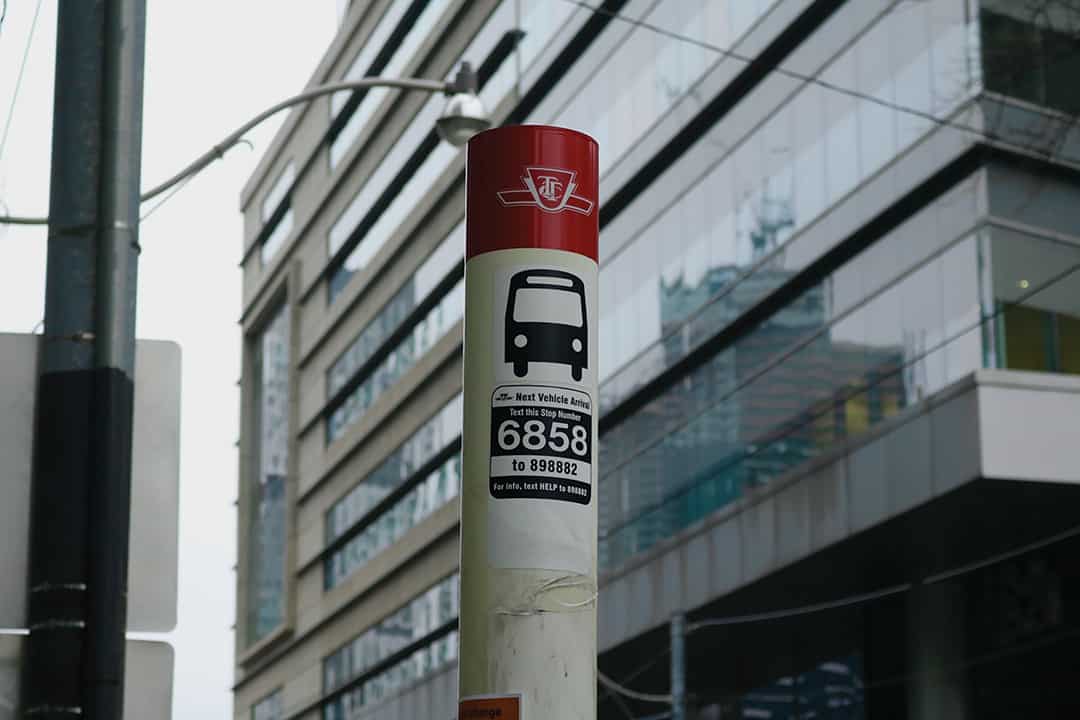Recent incidents of violence on the TTC — especially on the subway — have been making headlines across Toronto. In April 2022, a 23-year-old man stabbed another man in the neck during an attack at St. George Station; the same month, a suspect choked and robbed a man at Pioneer Village Station. Last December, a woman was fatally stabbed at High Park Station in a random attack.
These attacks are, more often than not, completely unprovoked and random — a fact that Torontonians seem to find most frightening. This rise in violence has rightfully increased awareness of the need to improve safety measures on the TTC.
While Toronto officials seem to be focusing on putting more police officers on the TTC to address the issue of violence, I believe that increasing Toronto’s mental health supports is a better solution to deterring crime.
How are Toronto officials addressing violence on the TTC?
In a statement released last April, Toronto Mayor John Tory said that “the system is safe” and that police have confirmed that “they are not seeing a spike of violent incidents on the TTC.” Nonetheless, he still pledged to increase the visibility of police officers on the TTC. In the months following Tory’s statement, the TTC hired 56 more special constables with the power to arrest.
However, it seems that increased police presence has not dissuaded attackers on the TTC. According to data from early 2022 released by the Toronto Star, 2022 was on track to be the most violent year for the TTC since 2017 — official numbers for the entirety of 2022 have not yet been released — and it seems this violence continued throughout the rest of 2022.
In December, six people were attacked and bloodied on the subway between Queen and Davisville. As recently as January 3, a man was pushed onto the subway tracks at Bloor-Yonge after an argument escalated into violence.
In April 2022, during a meeting with TTC CEO Rick Leary and Toronto Police Chief James Ramer, Tory said, “The issue of mental health and the related issue of substance [use] that people have is a huge contributor to a lot of [violence] we’re seeing — not just on the TTC but elsewhere — and it is high time… that we had a proper health response for this.”
Though Tory is right in identifying the root cause of violence on the TTC to be mental illness and substance abuse, he still falls short in how he is choosing to address this problem. To his credit, Tory has agreed to deploy outreach workers on the TTC to help those struggling with mental health, and he has called on the health-care system to increase their mental health resources.
But in a response to the Toronto Star regarding transit safety, he said that he would increase Toronto police budgets in 2023 rather than funding Toronto’s addiction recovery programs, mental health supports, or overflowing emergency shelters.
How should we really be addressing violence on the TTC?
According to Dr. Andrew Boozary from the University Health Network’s Gattuso Centre for Social Medicine, there is no direct link between mental illness and violence; instead, the issue of violence is more complex. Dr. Boozary maintains that it is a combination of mental illness, long-term poverty, and deprivation of basic needs and resources that can lead to a risk of violence.
Such circumstances are why some Torontonians disagree with Tory’s decision to increase police visibility and think that the Toronto municipal government isn’t doing enough to support people with mental illness.
In fact, Susan Davis of Toronto’s Gerstein Crisis Centre believes that putting more police on the TTC could do more harm than good. In an interview with CBC News, Davis said: “We know that people living with mental health needs have felt overpoliced, and often when police are in their presence they don’t necessarily feel safe or perceive greater risk.”
Outside of Toronto, the ethics and effectiveness of overpolicing have also been called into question. In New York City, the addition of a thousand more police officers to transit systems has done little to prevent crime. Instead, it has only increased low-level arrests — for crimes such as fare jumping — which disproportionately target people of colour.
Dr. Boozary suggested forming crisis response teams trained in mental health instead, since those from racialized communities are especially likely to encounter violence at the hands of the police.
It is becoming increasingly clear that these attacks reflect a growing, long-term pattern of violence on the TTC. Increasing police patrols at TTC stations only serves as a temporary and problematic solution to this issue. Instead of improving police visibility, Toronto officials should address the ongoing lack of resources for Torontonians struggling with mental illness or addiction.
In the Government of Ontario report Review of the Roots of Youth Violence, several risk factors for violence were identified, such as income insecurity, racism, family issues, and poor health. All of these causes connect to the issue of mental illness; for instance, the Canadian Mental Health Association says that people with serious mental illnesses are 2.5 times more likely to be unemployed.
Thus, if the Toronto municipal government focused its efforts on mental health support rather than overpolicing, the underlying causes of violence could be reduced. Free mental health and counselling clinics could be opened all across the city, or a diverse group of social workers trained in mental health crises could be placed at high-violence TTC stations. Additionally, part of Toronto’s growing police budget could be instead allocated to advertising the city’s existing support systems.
The causes of violence on the TTC are complex and run deep throughout the city of Toronto. Though there is no direct link between mental health issues and violence, it is important regardless to provide mental health supports to the community to address the issue of violence.
Jasmine Chow is a first-year student at Trinity College studying life sciences.


